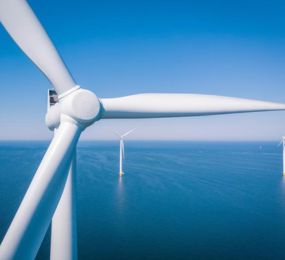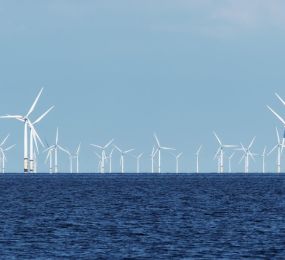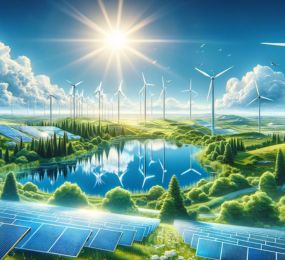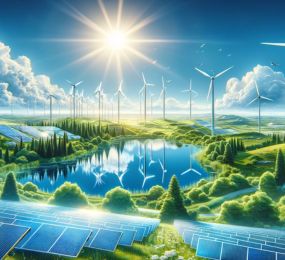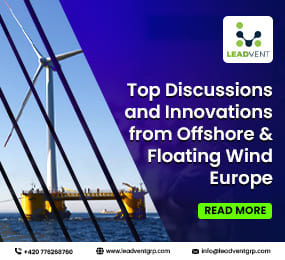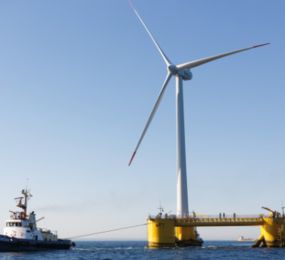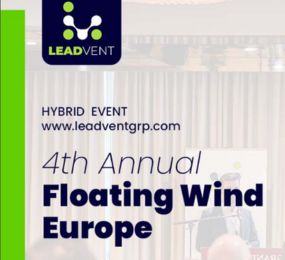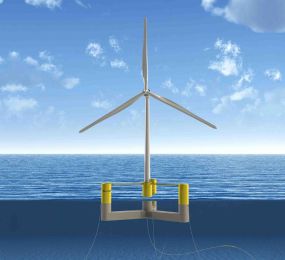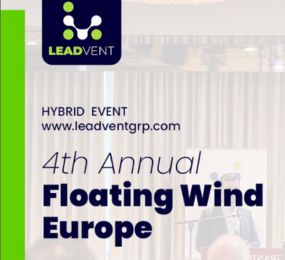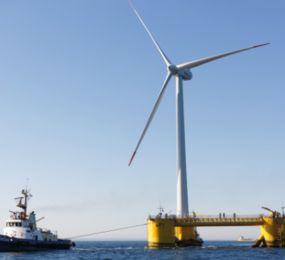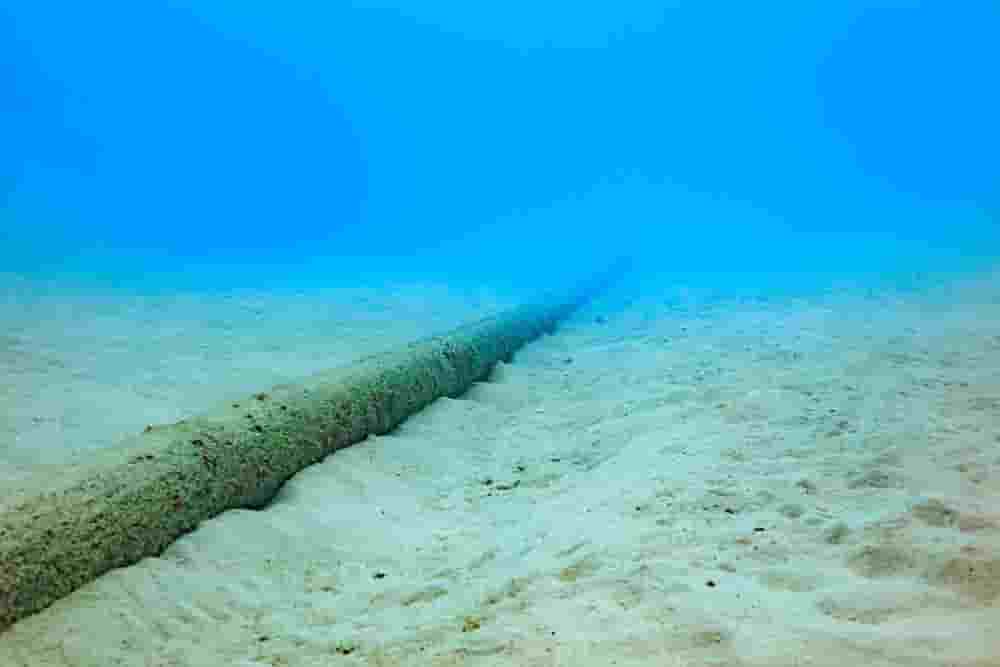As the demand for renewable energy continues to soar, innovative technologies are emerging to harness the power of natural resources more effectively. In Europe, the development of floating wind farms is revolutionizing the renewable energy sector, offering new possibilities for sustainable electricity generation.
The Rise of Floating Wind Farms:
Floating wind farms represent a significant advancement in offshore wind energy production. Unlike traditional fixed-bottom wind turbines, which are anchored to the seabed in shallow waters, floating wind turbines are tethered to the ocean floor using mooring systems, allowing them to operate in deeper waters where wind resources are abundant.
Benefits of Floating Wind Farms:
One of the primary advantages of floating wind farms is their ability to access wind resources in deeper waters, where traditional fixed-bottom turbines are not feasible. This opens up vast areas for potential wind farm development, significantly expanding the scope of offshore wind energy projects. Additionally, floating wind farms can be located farther offshore, reducing visual impact and potential conflicts with other ocean activities such as fishing and shipping.
Challenges and Solutions:
While floating wind farms offer immense potential, they also present unique challenges. These include engineering complexities, higher installation and maintenance costs, and the need for robust mooring systems to withstand harsh marine conditions. However, ongoing research and technological advancements are addressing these challenges, driving down costs and improving the efficiency and reliability of floating wind turbines.
Key Players and Projects:
Europe is at the forefront of floating wind farm development, with several countries leading the way in project implementation and innovation. Countries such as Norway, Portugal, Scotland, and France have emerged as key players in the floating wind sector, spearheading ambitious projects aimed at harnessing the vast wind resources in their offshore waters.
Environmental Impact and Sustainability:
Floating wind farms have the potential to significantly contribute to carbon emissions reduction and combat climate change by providing clean, renewable energy sources. Moreover, their offshore location minimizes environmental impact on coastal ecosystems and wildlife compared to onshore wind farms, further enhancing their sustainability credentials.
Visit our website to know more: https://www.leadventgrp.com/events/2nd-annual-wind-bladematerials-and-recycling-forum/details
For more information and group participation, contact us: [email protected]
Leadvent Group - Industry Leading Events for Business Leaders!
www.leadventgrp.com | [email protected]


